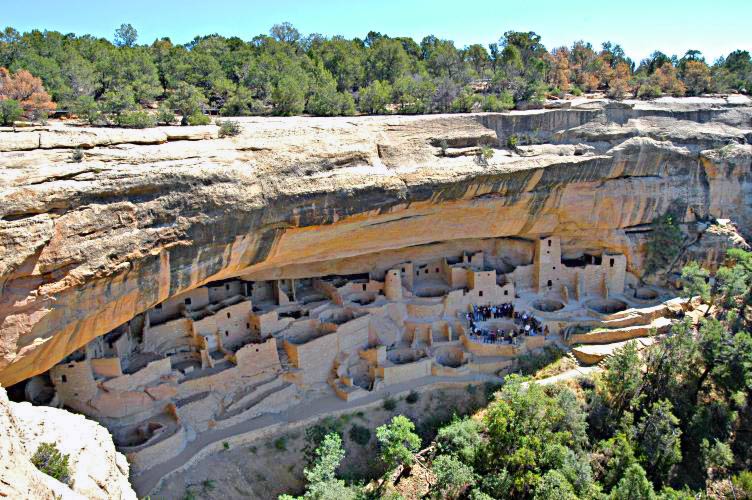Henges were used world wide by many different types of people. A henge is a circular ditch inside of a bank. Many groups would use wood in order to create posts in a circular formation. Groups would use this in order to perform rituals and to understand time. A henge would help groups with astronomical observation. With a henge one could keep track of solar movements, knowing days, months, and years. To date there are about 1000 known henges world wide, but more are being discovered all of the time. The most well known, and extraordinary henge is Stonehenge.
Stonehenge is in Southern England. It is thought to have been built around 5000 years ago (3000 BCE). It is also said to have taken around 1500 years to build. Archaeologists were able to find “Neolithic homes” in the area of Stonehenge, suggesting settled society was there. There are many different parts of Stonehenge that need unpacking. First being the “Aubrey Holes.” At the time of the creation of Stonehenge, 56 pits were dug about three feet wide and deep. These holes are thought to have measured the lunar cycle. They are called Aubrey holes because a man named John Aubrey first discovered them in the 17th century. Next, The first stones to be used were the bluestones. These stones are thought to have been brought from 200 miles away in Preseli Hills, Wales (London Toolkit). This might not sound too impressive until you realize that each stone was around 4 tons and the wheel had not even been invented yet. Next are the massive stones that give Stonehenge the form we all know today. These stones are called the Sarsen Stones, and are thought too have come from 20 miles away. These stones are around 7 meters tall and weigh around 20. All of these Stones along with others made it possible to track astronomical alignments.
Along with this, Stonehenge is also thought to be a sacred burial site. In 1919 archaeologists were able to find 58 individuals buried (Shaw). In more recent years more people were found leaving the number at 63 individuals buried at Stonehenge. The people found buried here were thought to be the elite of the elite. One of the individuals found was able to be traced back to Switzerland. This led archaeologists to believe that Stonehenge was also a pilgrimage site. Today thousands of people still visit Stonehenge to see the enormous “mystery.” The most popular day to go is for the summer solstice, where the sun perfectly aligns within the rocks. All of this information was able to be discovered through archaeology, making Stonehenge one of the most recognizable archaeological sites in the world.
“The Mysteries of Stonehenge.” The mystery of Stonehenge – what was it used for? Accessed November 13, 2022. https://www.londontoolkit.com/whattodo/stonehenge_mystery.htm.
“Stonehenge Cremations Shed Light on Where Mysterious Monument Builders Came From.” Science. Accessed November 13, 2022. https://www.science.org/content/article/stonehenge-cremations-shed-light-where-mysterious-monument-builders-came.




